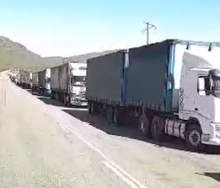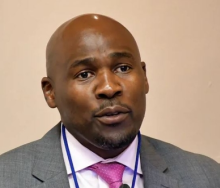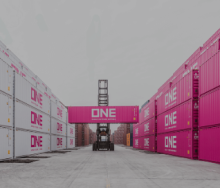Mining principal Anglo American has broken a 20-year investment absence in Zambia with the news that it has acquired a 70% stake in the mining licences Arc Minerals holds in the north-west.
Although unconfirmed, industry insiders say that the joint venture (JV) has cost Anglo American an initial $3.5 million, with an added requirement of $74 million to be spent on exploration within seven years of signing the JV.
The latter part of the deal is particularly instructive as Anglo hasn’t done any mining in the Copperbelt Province since the late 1990s.
In addition to the cost of its exploratory about-face in Zambia, the deal determines that cash payments totalling $11 million will be made to Arc.
It’s not the first time Anglo and Arc have entered into a business relationship over Zambian minerals.
Previously an exclusivity arrangement existed between the two companies from July 2020 to the same month a year on.
When that deal went dormant last July, Arc said it would start looking at other partners.
News of the rejuvenated partnership between the two London-listed companies comes on the back of soaring stocks in the commodities market, especially in the wake of Russia’s war on Ukraine.
Coupled with the growing demand for battery component parts buoying the price of copper and cobalt, Zambia’s ambitions to triple its per-annum minerals output before 2032 seems well on course.
Pledges by the government of President Hakainde Hichilema also seem to have paved the way for increased investment by the likes of multinationals such as Anglo and Arc.
What remains to be seen though is what the government in Lusaka intends to do about its heavily strained road network.
Bulk hauliers working routes out of the landlocked country to export ports like Dar es Salaam, Beira, Durban, and Zambia consistently complain that Zambia has become a nightmare for road freight.
Recently the Walvis Bay Corridor Group (WBCG) told private and public sector delegates at a presentation in Kitwe that copper outflows could be much higher if it wasn’t for Zambia’s substandard road infrastructure.
Namibia, especially, feels hard done by considering that access linkages from the Copperbelt to Walvis Bay are almost non-existent.
Where roads south-west of the mining nerve centre to Solwezi do exist, it’s not worth the impact substandard dirt tracks add to transportation costs.
The WBCG chief executive, Mbahupu Hippy Tjivikua, said it was high time Zambia upgraded its road network south-west of Solwezi to “bitumen standards”.













